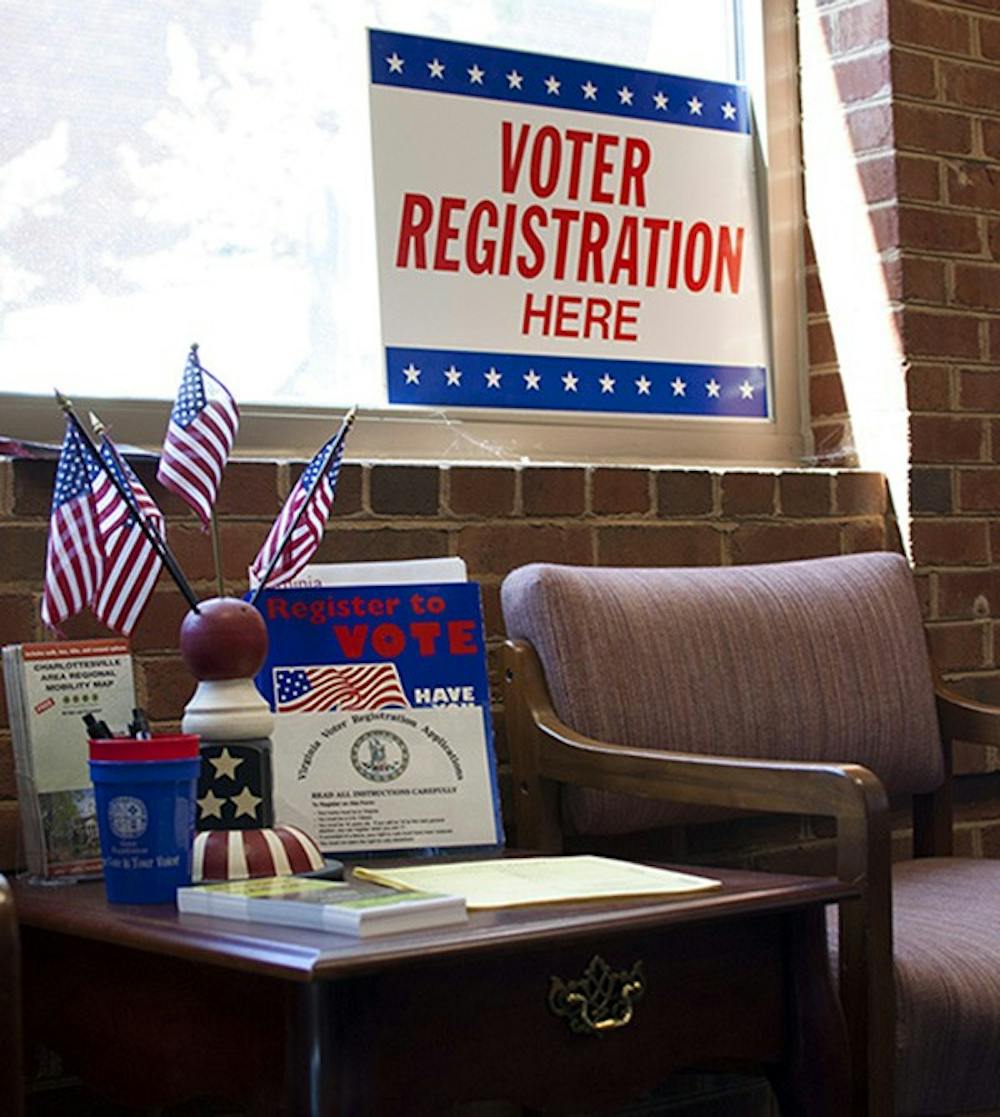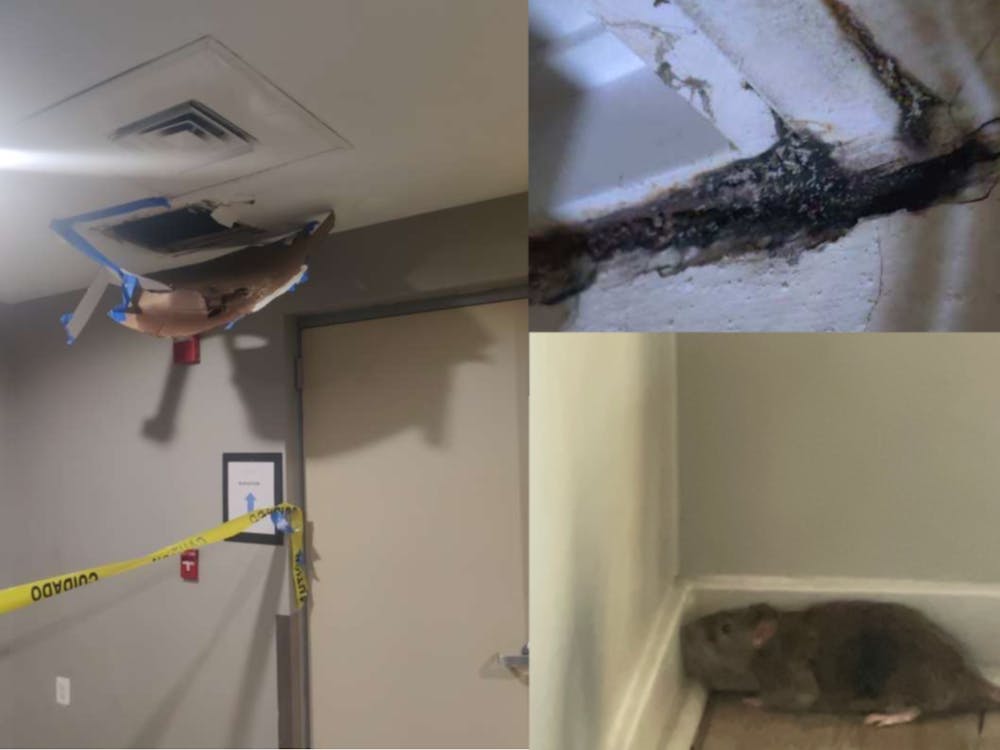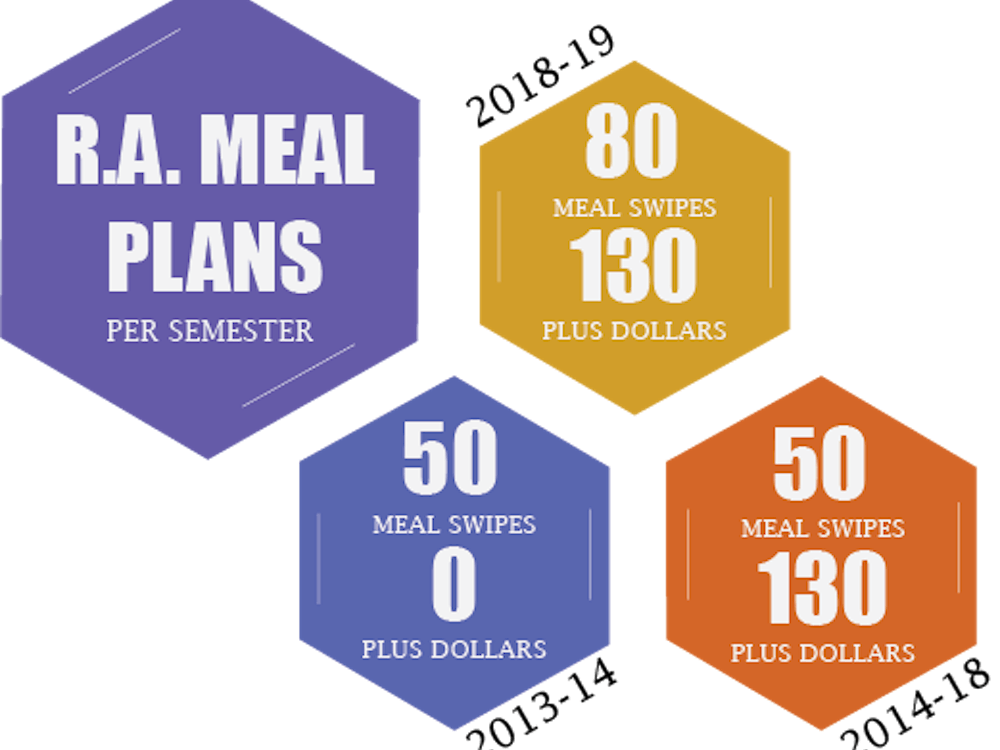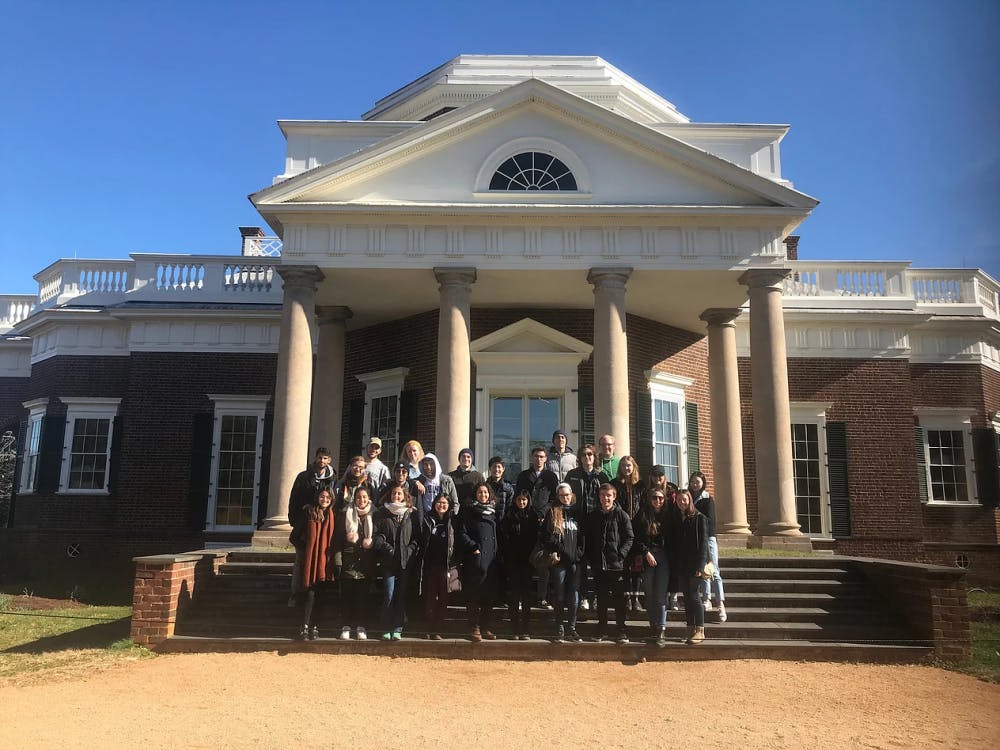At 10 a.m. Feb. 19, students can begin casting their votes for new leaders in a host of University-wide elected positions ranging from Student Council president to Honor Committee representatives.
Despite the large number of electable positions and candidates, voting rates among University students have been consistently low over the past several years.
The voting process
The University Board of Elections is an organization that runs elections for some of the University’s largest groups, including the Honor Committee, the University Judiciary Committee, Student Council and Class Council. Smaller organizations, such as the College, Engineering and Nursing School Councils, have asked UBE to run their elections as well, third-year Batten student Samantha Magnes, UBE vice chairman for candidate relations, said.
“We’re responsible for guaranteeing that there aren’t rule violations, running information sessions so the candidates know what’s going on, answering questions so they know how to upload their information to the uploading system and checking petition signatures,” Magnes said. “There’s a laundry list of responsibilities [to] basically maintain the elections overall.”
To run elections, UBE has worked with an advisor to set up a software system called Big Pulse. The software tracks student votes through UBE’s election website, uvavote.com. In order to vote, students receive access to a voting link, where they type in their computing ID.
Any election in which a student is eligible to vote will appear on the website. Students also have the option to read candidates’ biographies to learn more about them.
Voter turnout rates
In the 2014 University elections, 3,525 of 21,676 students voted in the uncontested Student Council president election. This is the equivalent of only 16.26 percent of undergraduates. The percentage was slightly higher for the same position in 2015, when 21.07 percent of undergraduates voted in a contested race.
For the Student Council vice president for administration race — which was contested in 2014 — the voter turnout was slightly higher than turnout in the presidential race, with 17.15 percent of students voting. In 2015, 18.93 percent of students voted for the same position in an uncontested election.
In 2014, voter turnout for the uncontested election of vice president for organizations was lower than both previous positions — approximately 15.67 percent of students voted. In 2015, the election for the contested position had a much higher turnout, with 18.97 percent of students voting.
The number of voters in class-specific elections varied between the two years.
In 2014, the Second-Year Council president was an uncontested race with a voter turnout of 17.55 percent. However, the 2015 second-year class had a much higher turnout in their contested presidential election, with 41.91 percent of students voting. The voter turnouts for vice president were slightly different than their presidential counterparts; 17.89 percent of students voted in 2014 and 40.61 percent voted in 2015.
The Third-Year Council elections had voter turnouts above 35 percent in both 2014 and 2015. In 2014, 42.45 percent of third-year students voted for president. This number dropped slightly in 2015, when 37.18 percent of third-year students cast their ballots. The numbers for vice president were similar, with 40.56 percent of third-year students voting in 2014 and 36.50 percent voting in 2015. The positions were contested in both years.
For Fourth-Year Trustees, the presidential race saw an increase in voter turnout between 2014 and 2015, as 24.37 percent and 38.35 percent of students voted, respectively. The vice presidential race increased in turnout as well — in 2014, 25.73 percent of fourth-years voted while in 2015, 37.58 percent cast their ballots.
Voting across schools
Individual schools elect officers for their respective councils in addition to Honor representatives, UJC representatives and Student Council representatives. Voting rates for each council varied widely across schools.
In 2014, the Architecture and Engineering Schools had the lowest voter turnout rates for their council presidents, at 11.96 percent and 15.01 percent, respectively. The College and the Nursing Schools had similar voter rates for their council presidents, at 19.83 percent and 20.43 percent, respectively. The Commerce School and the Batten School had the highest voting rates, with 25.03 percent of students voting for Commerce Council president and 52.94 percent of students voting for Batten Council president.
In 2015, the Education School, the Architecture School and the Nursing School had the lowest voter turnouts for their council presidents, with 12.35 percent, 16.46 percent and 17.40 percent of students voting, respectively. The voter turnouts for Engineering Council president and College Council president increased slightly to 18.56 percent and 22.92 percent, respectively. The Commerce School and the Batten School again had the highest voter turnout rates for their council presidents; 27.34 percent of Commerce students voted and 55.81 percent of Batten students voted.
The solution to low turnout
In both 2014 and 2015, none of the Student Council, UJC, class council and trustee elections had a turnout of at least 50 percent of eligible voters, meaning a minority of students chose the candidates who represent the student body in these organizations on Grounds.
One school which has seen traditionally low voter rates for council-specific elections is the Engineering School.
“I think [low voter turnout] probably does attribute to the fact that everyone is very close with their own major,” third-year Engineering student Daniel Tavakol, the incumbent Engineering Council vice president, said. “I guess if you don’t have someone who’s running who you’re close with, then you’re going to be a lot less inclined to fill out that ballot and submit it.”
The lack of campaigning in the common areas of the Engineering School may lead to low voter turnout in the general, University-wide elections, Tavakol said. As a solution, many leaders in the Engineering School are changing their profile pictures to display the slogan “Engineers Vote.”
Students in other schools and organizations have similar solutions to address the problem of low voter turnout.
“[UBE] is working a lot more in marketing this year,” Magnes said. “We just started our series of profile pictures, hoping that people will really start advertising via Facebook for voting in general, not just voting for specific candidates.”
UBE will also host a Candidate Town Hall Feb. 18 to encourage students to learn more about the candidates, Magnes said.
Fourth-year College student and current College Council President Henry Reynolds said the key is to get more people talking about voting.
“Last year, at least two elections were decided by one vote,” Reynolds said. “So I just think explaining that your vote actually matters can have a huge impact.”
Magnes also said reminding students how much their vote matters is important to increasing voter turnout.
“Last year, we had one election that came down to someone [winning] vice president of Third-Year Council by just one vote,” Magnes said. “That is such a close race. If only two more people had voted, the situation could’ve been much different. [Voting as a student] is the best way to ensure student self-governance.”





